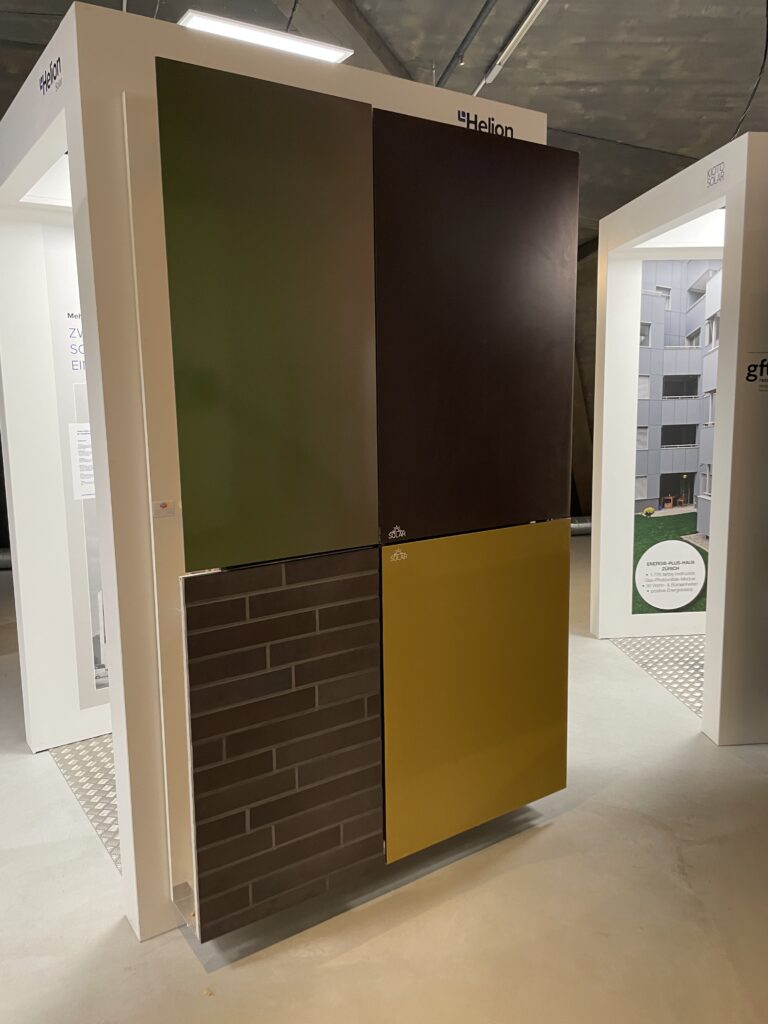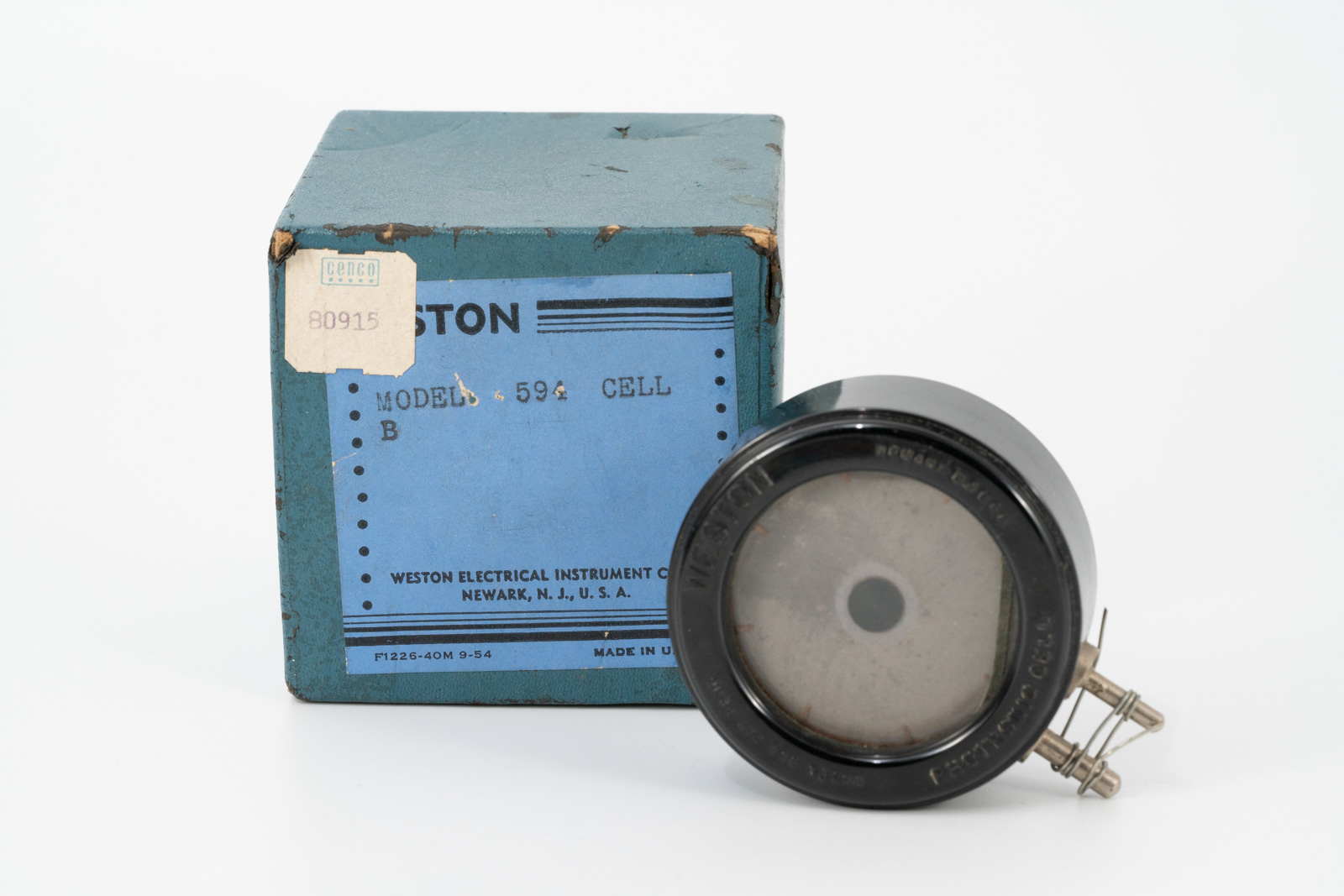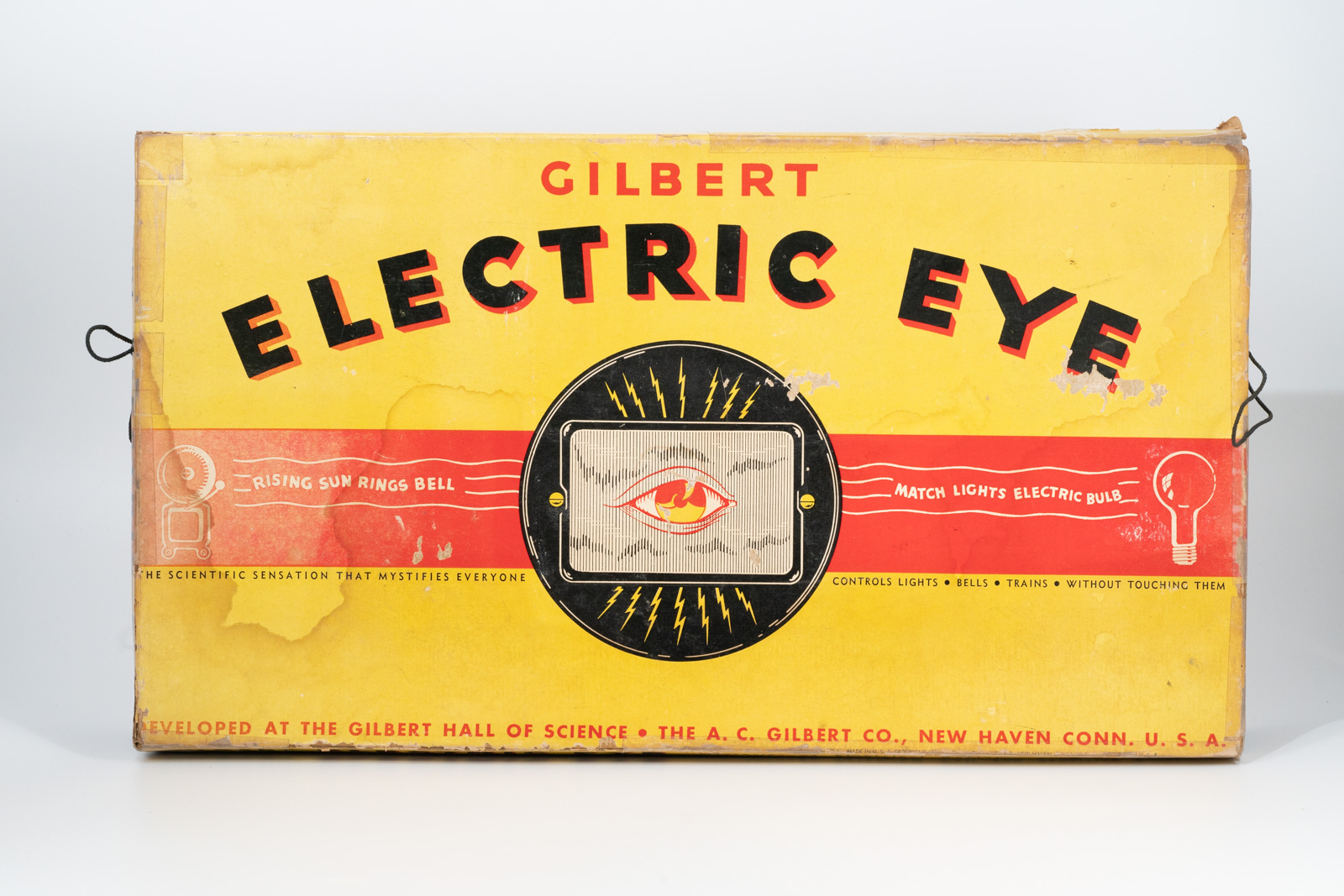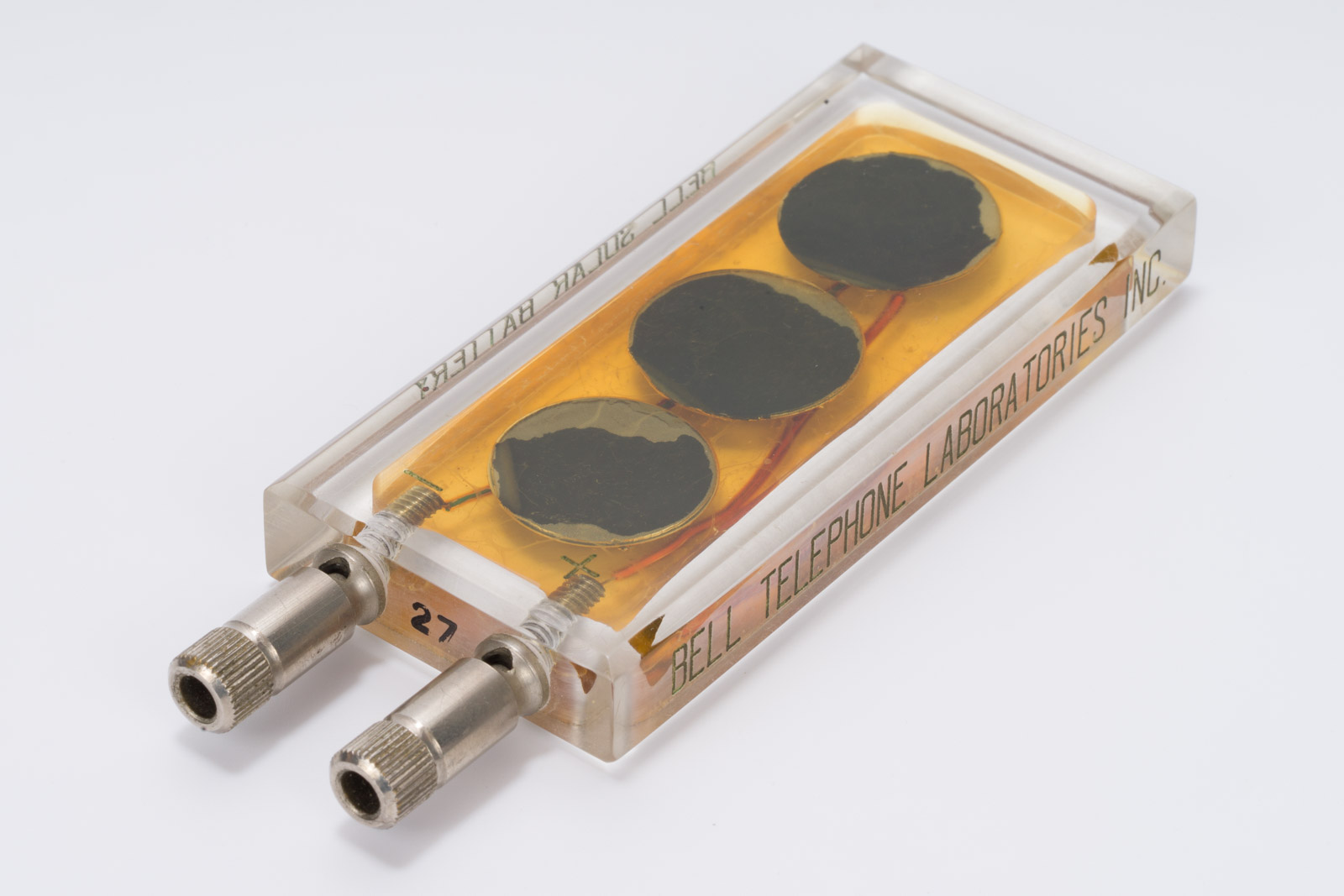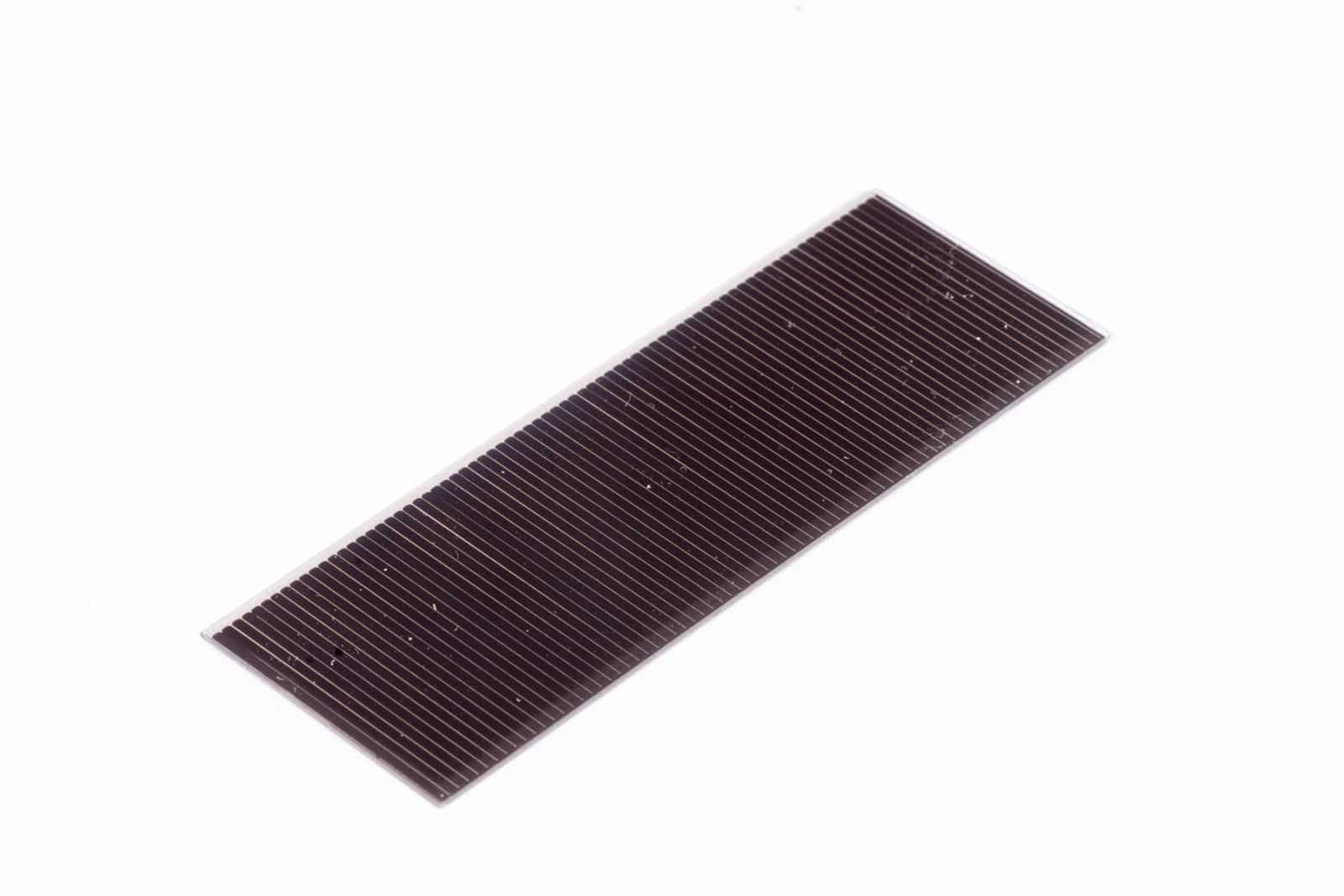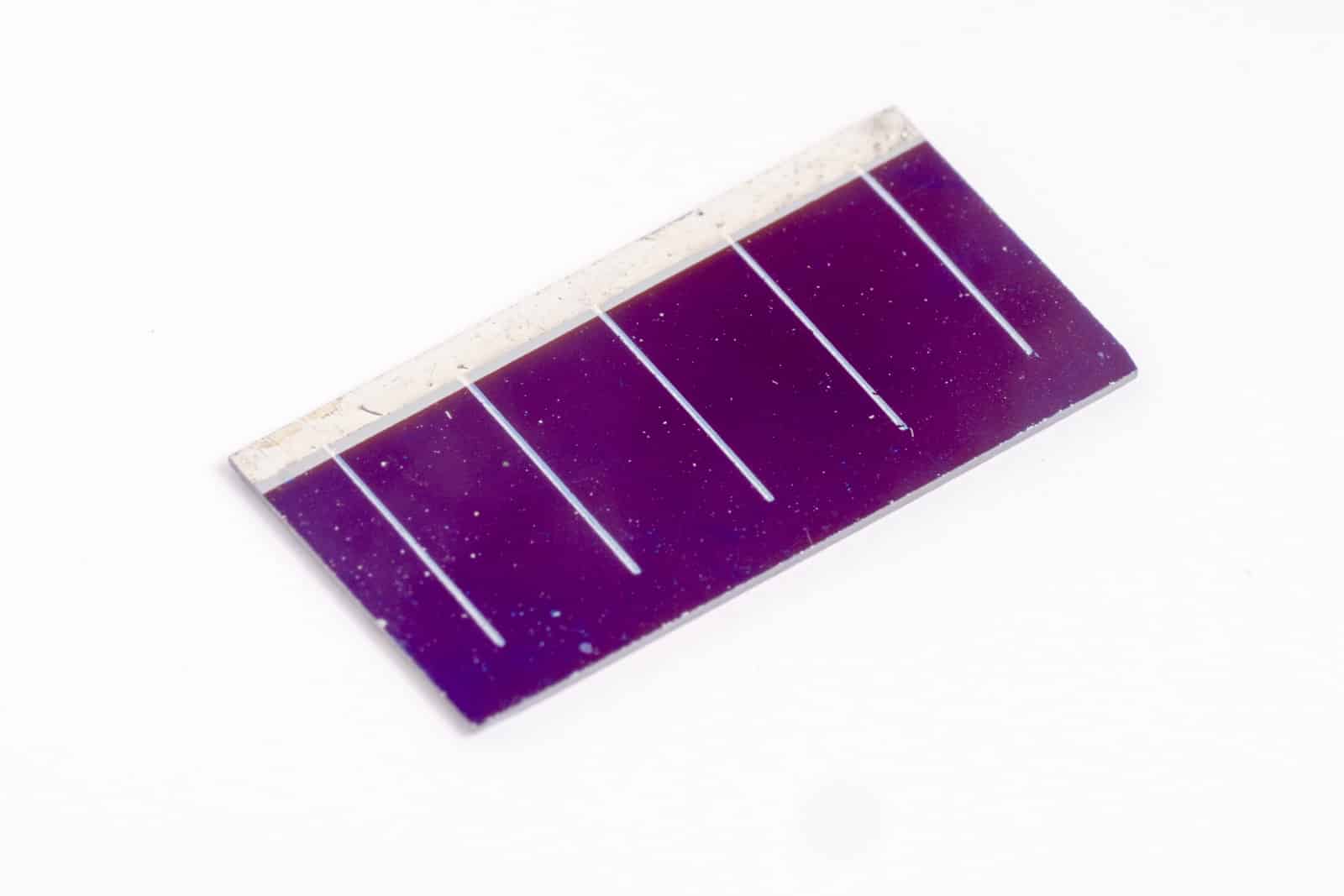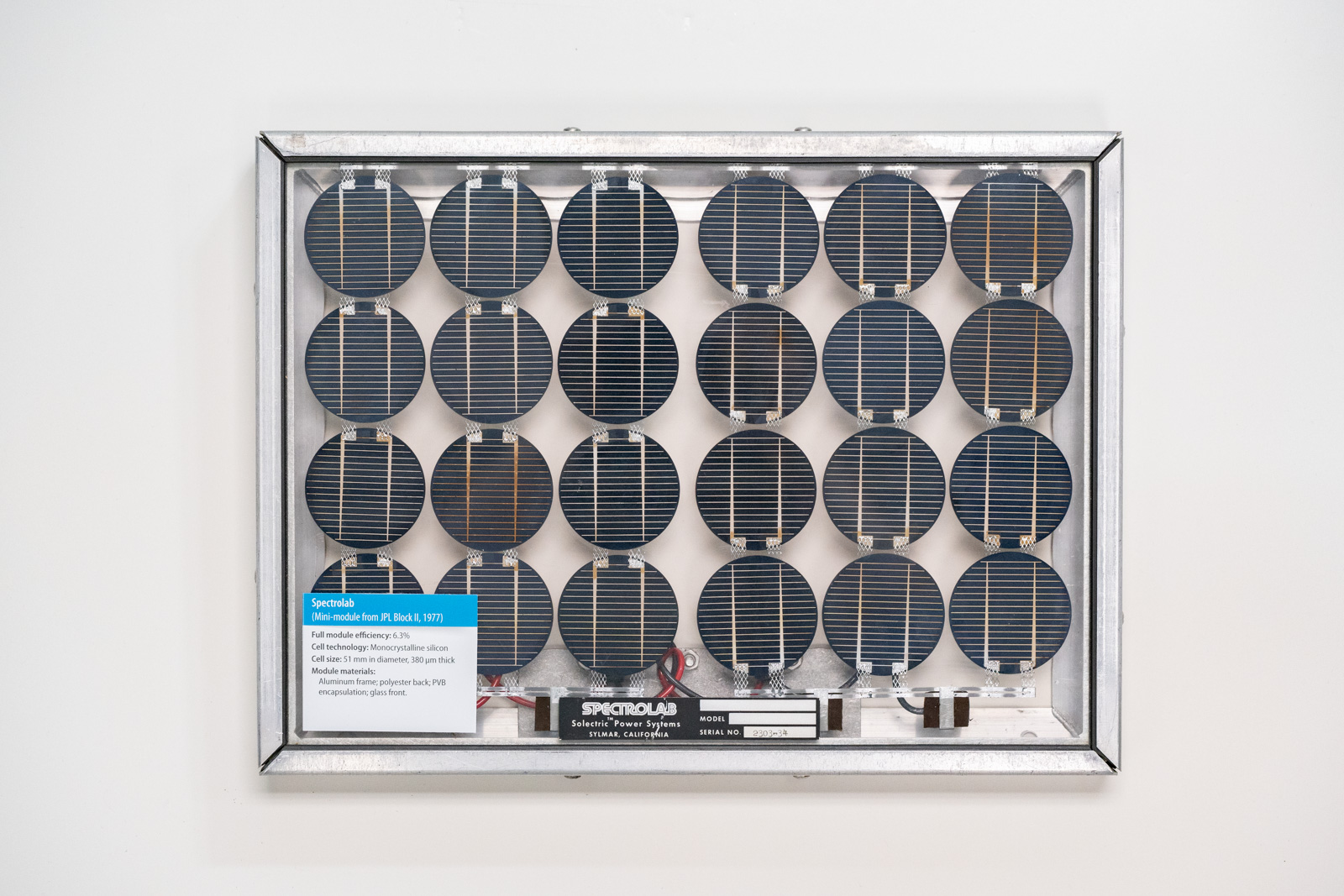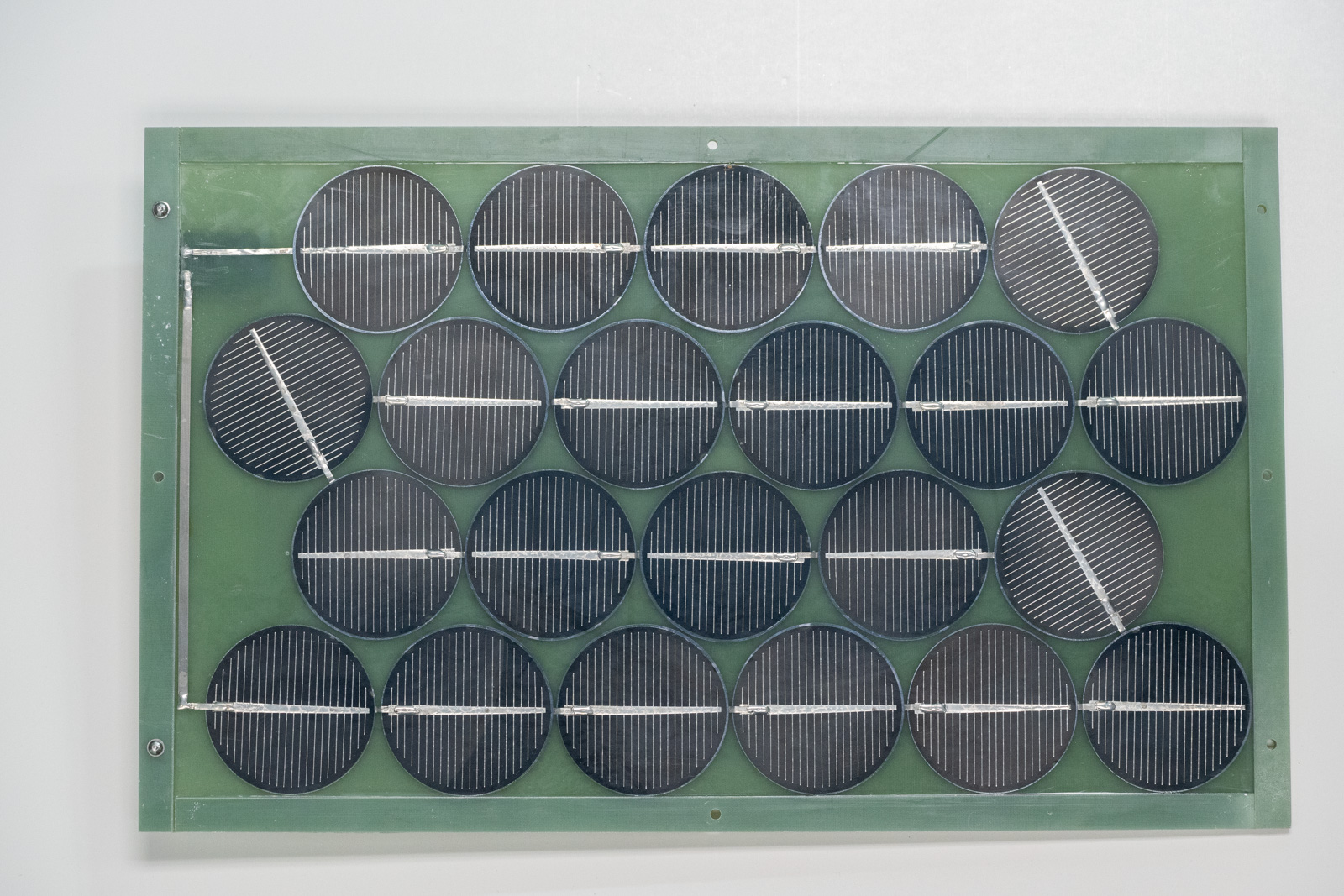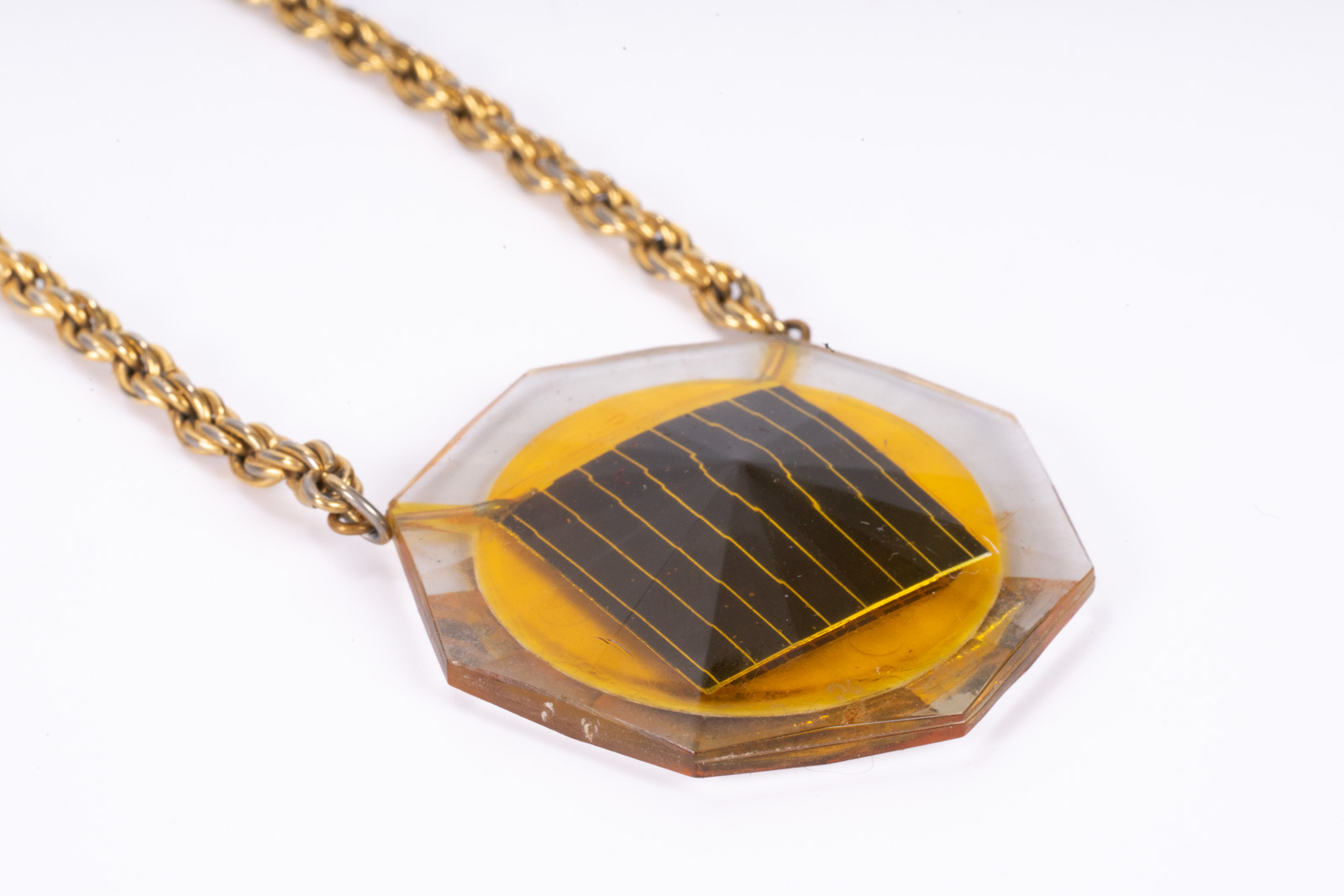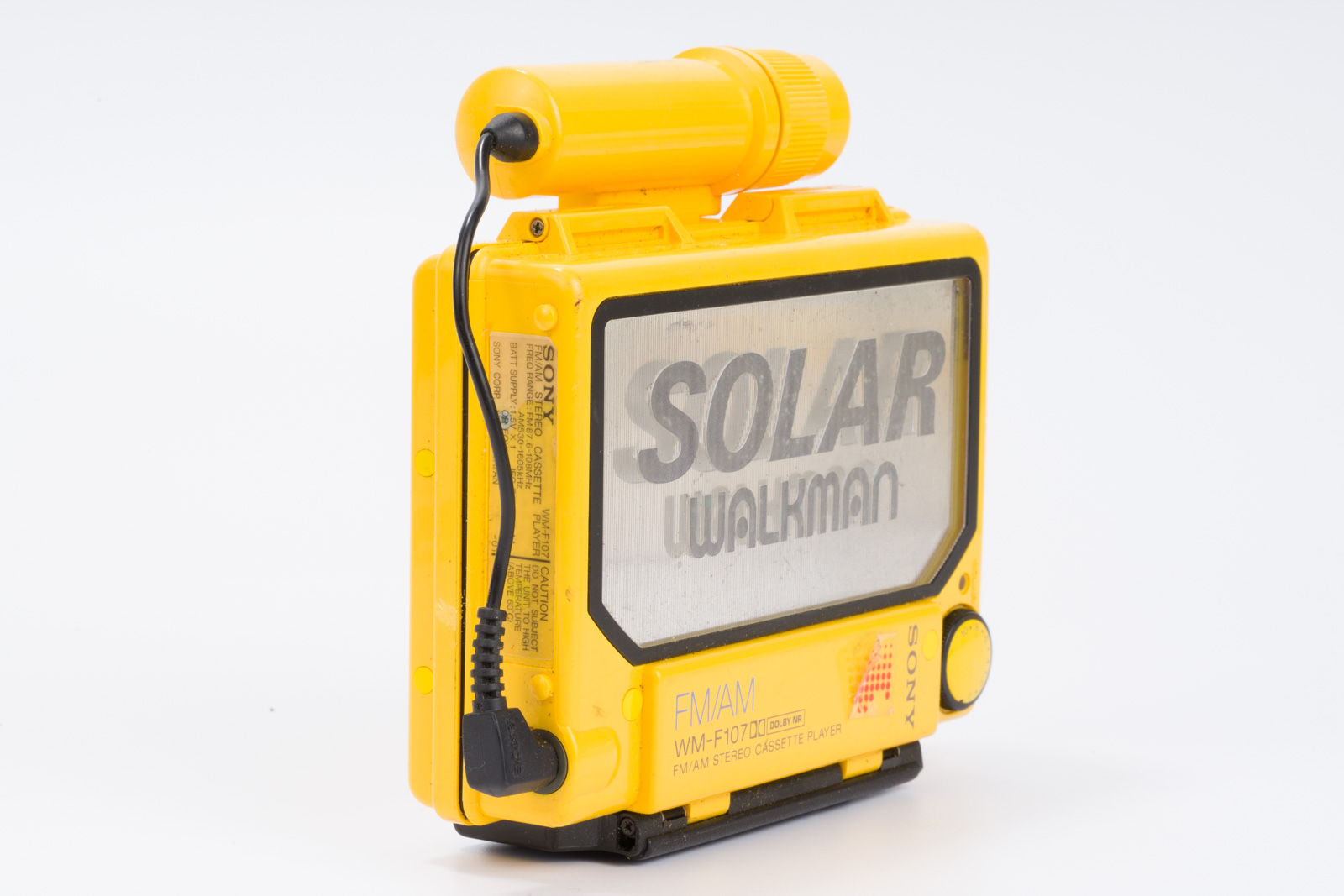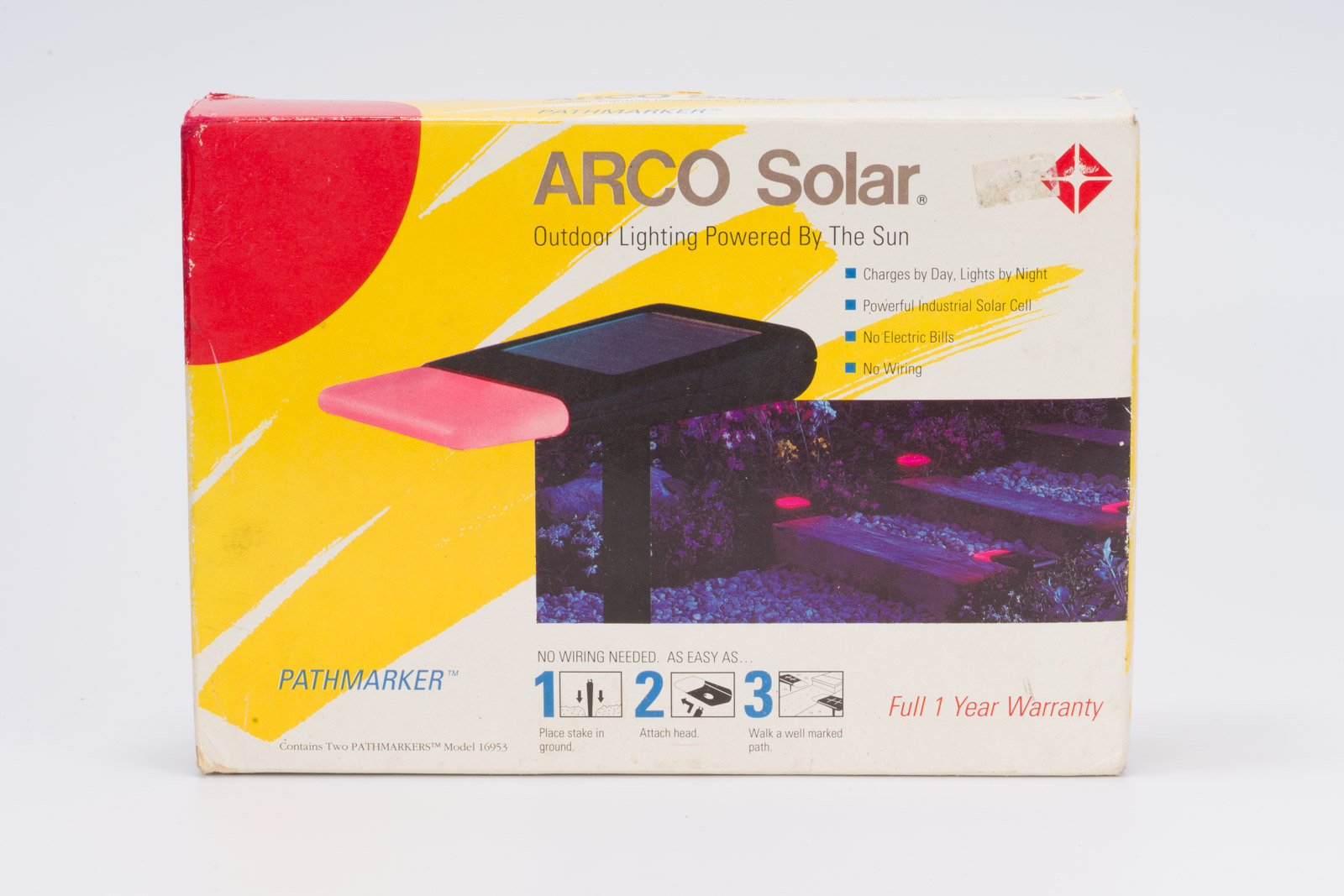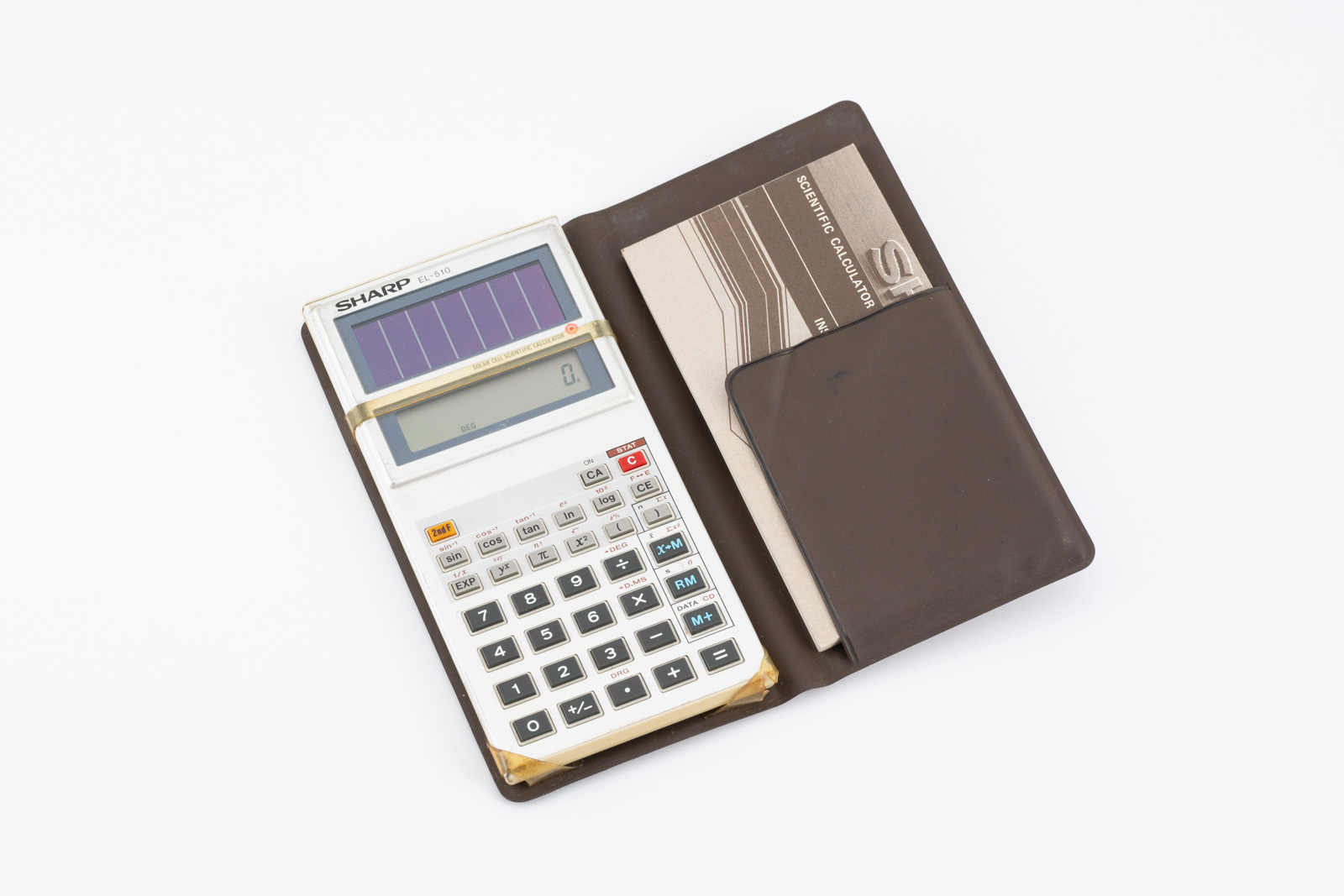The history of photovoltaic technology begins over 100 years ago, and is rich with novelty and scientific discovery.
1800’s: Light and Electricity
In the first chapter of solar history was a simple discovery: Light relates to electricity. The word “Photovoltaic” takes us to the beginning of solar history: “Photo” meaning light and “Voltaic” meaning electricity.
- In 1817, JJ. Berzelius and Gottlieb Gahn were trying out a method of preparing sulphuric acid. During the process, they observed what we now recognize as Selenium (Se).
- In 1839, Alexandre Edmond Becquerel opened the door to solar energy, showing a strong relationship between light and electricity.
- In 1873, Willoughby Smith accidentally discovered photoconductivity in Selenium.
- In 1876, William Grylls Adams and his student Richard Day discovered that when Selenium (Se) was exposed to light, it produced electricity. While it wasn’t perfect, it was the first step towards the energy revolution — proving that sunlight itself could be converted into usable electricity.
- In 1883, Charles Fritts presented his work on the production of electric currents by light at the 37th annual meeting of the American Association for the Advancement of Science (AAAS) in Minneapolis, Minnesota in 1883. His presentation was titled “On the Production of Electric Currents by Light”, and showcased a 1% efficient Selenium and Gold solar cell.
- In 1887, Heinrich Hertz observed the photoelectric effect and the production and reception of electromagnetic waves, also known as the Hertz effect. This lead to more research by researchers like Hallwachs, Hoor, Righi, and Stoletow.
1900’s: Albert Einstein
Most people know Albert Einstein, but most people don’t know that Einstein was awarded the Nobel Prize in 1921 for his discovery of the law of the photoelectric effect in metal.
When Einstein and Millikan related light energy to movement at a quantum level, this paved the way for future solar research (and quantum mechanics). This is the fundamental theory that has driven the solar energy revolution and quantum mechanics.

- In 1902, Lenard observed that the energy of individual electrons increased with the frequency of light.
- In 1905, Albert Einstein published a paper taking the hypothesis that light energy was at a quantum level and making it into a formula. Einstein was later awarded the Nobel Prize in 1921 for the photoelectric effect.
- In 1914, Robert Millikan’s experiments supported Einstein’s model of the photoelectric effect. Millikan was later awarded the Nobel Prize in 1923 for his work related to photoelecricity.
1930’s: Photo Sensors
The first solar cells (also called photo cells) did not produce much power, and didn’t need to.
Weston Electrical Instrument Co, an early producer of solar cells, was a measurement instruments company. These early photo-sensitive devices were designed as light sensors for cameras or other electronic eye applications rather than electric generators.
The first solar cells were created using semi-conductor element like Cuprous Oxide (Cu2O) and Selenium (Se) as measurement devices. They could only convert <1% of the sun’s energy into electricity, but that was enough to measure light for industrial and creative measurement applications. Interestingly, these Selenium sensors are still manufactured the same way and used in measurement equipment today.
1940’s: “Pure” Silicon
At Bell Labs, Russel Ohl was tasked with making pure silicon material. When a flaw was found in his material, he investigated and found an unexpected result.
This accident lead to the discovery of the P/N Junction, which is the foundation of the modern solar technology, microchips, and transistors!
- In 1941, Russel Ohl patented the modern junction semiconductor solar cell.
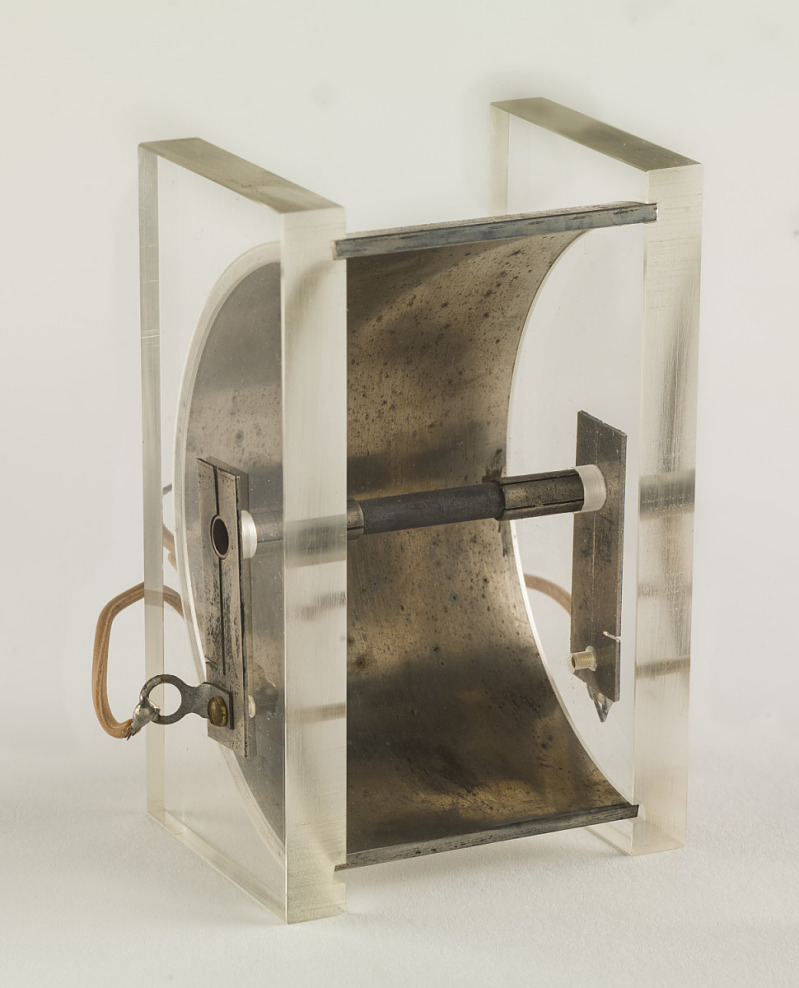
1950’s: Remote Power and Silicon
In the 1950’s, Bell Laboratories had a remote power problem to solve.
New long distance telephone lines needed a remote power boost to deliver messages successfully across America. Generators and rechargeable batteries were available, but they needed a more efficient alternative. Linked to the simultaneous transistor research, they decided to apply the new Silicon material to the challenge.
Soon after the discovery of the transistor, the modern solar cell —”the solar battery”— was announced to the world in 1954 with an efficiency of 6%. This new iteration was based on mono-crystalline Silicon (Si).
It’s also worth noting that shortly after this breakthrough, solar cells were appearing in widely available consumer products within 2 years.
- In 1954, Morris Tanenbaum at Bell Laboratories developed a working silicon transistor.
- In 1954, the first photovoltaic cell was publicly presented at Bell Laboratories by Calvin Souther Fuller, Daryl Chapin, and Gerald Pearson.
1950’s: The Space Race
The next remote power challenge was a mission to the unexplored — space.
Prior to solar cells, satellites were powered using batteries and were expect to last a few weeks. Sputnik lasted 22 days.
With the revolutionary application of solar cells, the Vanguard 1 satellite lasted 99 times longer than Sputnik — 6 years. With proven success, the demand for space exploration and communication drove the development of higher efficiencies in solar cells during the cold war and space race.
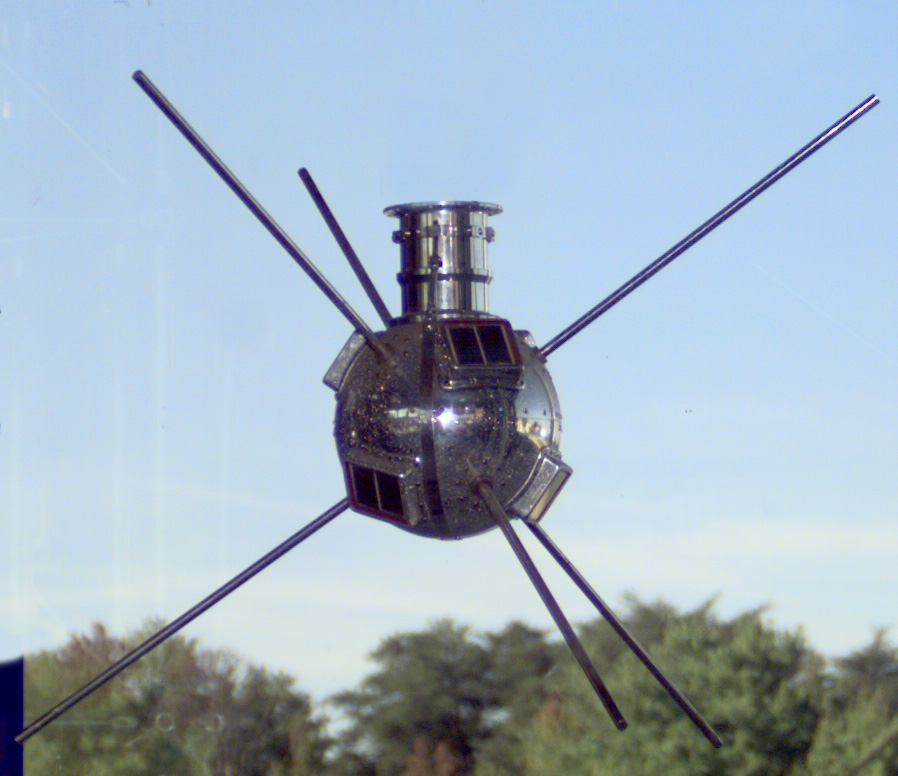
- In 1958, solar cells were applied to the Vanguard satellite as an alternative to a battery.
- In 1959, the US launched Explorer 6 launched with wing-shaped solar arrays consisting of Hoffman solar cells.
- By 1960, solar cells were the main power source for orbiting satellites and probes.
1970’s: The Oil Crisis
As the oil crisis and the space race put pressure on the energy industry, large companies and governments took interest. Between 1975-1982, the Jet Propulsion laboratory sponsored a series of experiments called “The JPL flat plate solar array project”. This rapid series of improvements is the foundation for the modern aluminum framed design.
- In 1973, Elliot Berman founded Solar Power Corporation, a subsidiary of Exxon, and made huge strides in the cost of solar cell production.
- After 1973, oil companies used the extra profits to advance solar innovation and production in an effort to make their own organizations more efficient.
- Between 1975 – 1982, JPL flat plate solar array project rapidly advanced solar technology.
1980’s: Consumer Products
As solar cells dropped from $100/watt to $10/watt, they started appearing more in consumer products for terrestrial use.
1990’s: Exploration and Investment
The 1990’s is a period of federal investment worldwide in residential solar, and a renewed interest in solar powered exploration — both on land and in the sky.
Several government initiatives attempted to promote residential solar, regardless of which party was in power.
- In 1991, Germany launched the 1000 solar roof initiative.
- In 1994, NREL researchers develop a 30% efficient solar cell.
- In 1997, United States started the 1 Million solar roof initiative.
- In 1997, United States lands a solar rover on Mars.
- In 1998, the International Space Station was started.
- In 2006, the 30% temporary solar investment tax credit was signed into law.
- In 2008, solar installations reached 1 Gigawatt in the United States
2010’s: Asia
Strong manufacturing in China supercharged the solar industry, leading to radical improvement of price. Widespread adoption worldwide has followed, because now solar makes financial sense.
What’s next?
In recent years, research has moved towards designing lightweight, durable, camouflaged and efficient solar panels.
Manufacturers have added strength, protection, and widened the spectrum of light a solar cell can convert into energy.
Building integrated PV is an emerging field that allows solar to be a creative architectural solution. The opportunities are endless.
